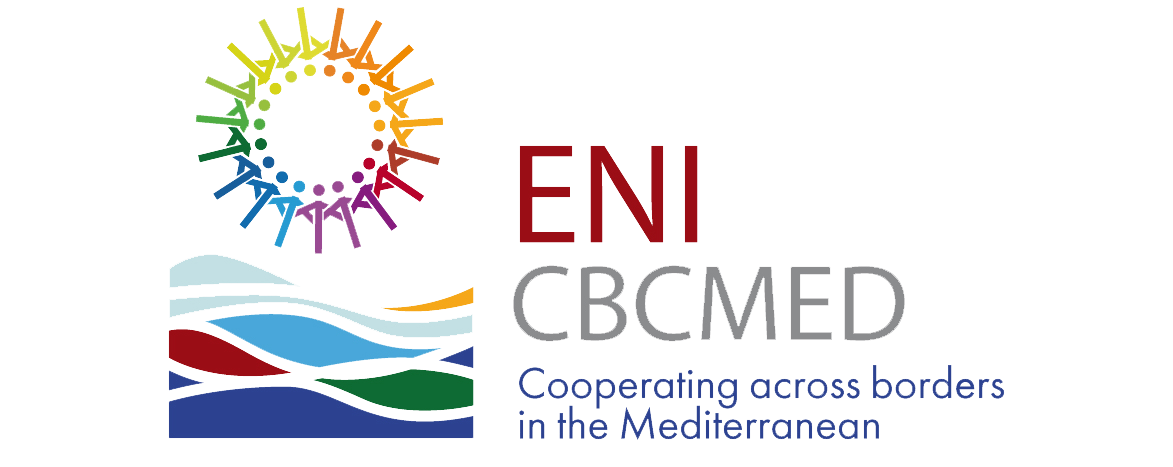- Project Implementation Manual
-
Are you a Lead Beneficiary or a partner involved in one of the projects funded by the Programme? Make sure you read carefully the Project Implementation Manual (PIM), the reference document to guide the sound and efficient implementation of funded projects.
The PIM is designed to support the main phases of the project life cycle in different areas, i.e. technical management, financial issues, and communication/visibility.
How to use the PIM?
The PIM is structured in different chapters as reported below. Where relevant, annexes and templates complement the chapters of the manual. The rules laid down in this document are mandatory. Lead Beneficiaries are strongly encouraged to share the PIM with partners.
- Foreword (updated on 18.09.2020)
- 1. Key documents (updated on 18.09.2020)
- 2. Actors involved (uodated on 18.09.2020)
- 3. Project start (updated on 18.09.2020)
- 4. Reporting + annexes (updated July 2022)
- 5. Project amendments + annexes (updated October 2021)
- 6. Monitoring (updated on 18.09.2020)
- 7. Financial management + annexes (updated July 2022)
- 8. Risk management
- 9. Project closure + annexes (updated February 2024)
- 10. Communication and visibility (updated November 2021)
- Note on documents keeping (published on 10.11.2021)
- Note on payment methods (published on 12.05.2021)
- COVID-19: information to funded projects (published on 02.04.2020)
-
Note on COVID-19 for beneficiaries and partners of funded projects
- Handbook for sub-grants management (updated on 23.12.2021)
- Code of conduct for funded projects (published on 03.02.2022)
- Expenditure verification pack (updated July 2022)
- National information
-
- Specific procedures to be ensured at national level (annex 1 to Document on Control and Management System - updated on 29.10.2020)
This document contains information at national level concerning the selection of auditors by project beneficiaries, anti-fraud responsible institutions and description of specific procedures (opening of a bank account in euro, tax exemption, etc.).
- TESIM fact sheets on procurement
Guide on procurement by private project beneficiaries
Procurement by Egyptian public beneficiaries and declaration on honour
Procurement by Jordanian public beneficiaries and declaration on honour
Procurement by Lebanese public beneficiaries and declaration on honour
Procurement by Tunisian public beneficiaries and declaration on honour
Procurement by Palestinian public beneficiaries and declaration on honour- Greece
National co-financing and certifying guides for Greek organizations
- Italia
Procedura per l’individuazione e la contrattualizzazione dei verificatori delle spese
Nota sul Codice Unico di Progetto (CUP)- Tunisie
Termes de référence pour la sélection des auditeurs de projet
Guide des procédures pour la mise en œuvre des projets financés par l’Union européenne dans le cadre de la coopération transfrontalière - Training for Lead Beneficiaries of standard projects (Rome: 1, 2, 3 October 2019)
-
PPTs_ENI CBC Med_Training for Lead Beneficiaries_October 2019
- Training for Lead Beneficiaries of strategic projects (23 and 24 February 2021)
- Training for Lead Beneficiaries of capitalization projects (Barcelona: 23 and 24 November 2021)
-
PPTs - Capitalization
PPTs - Communication
PPTs - Project and financial management - Training on communication (Online, 27 April 2022)
-
PPTs_Communication training_ENI CBC Med_27.04.2022_FINAL.zip
- Training on Project Closure - Western and Eastern Mediterranean (Barcelona and Amman 8 and 29 November 2022)
- Training on Project Closure for Tunisian entities (Tunis, 1 February 2023)
-
PPT - Introduction Interreg NEXT MED
- Online training on Project Closure and reporting for Tunisian entities (15 June 2023)










